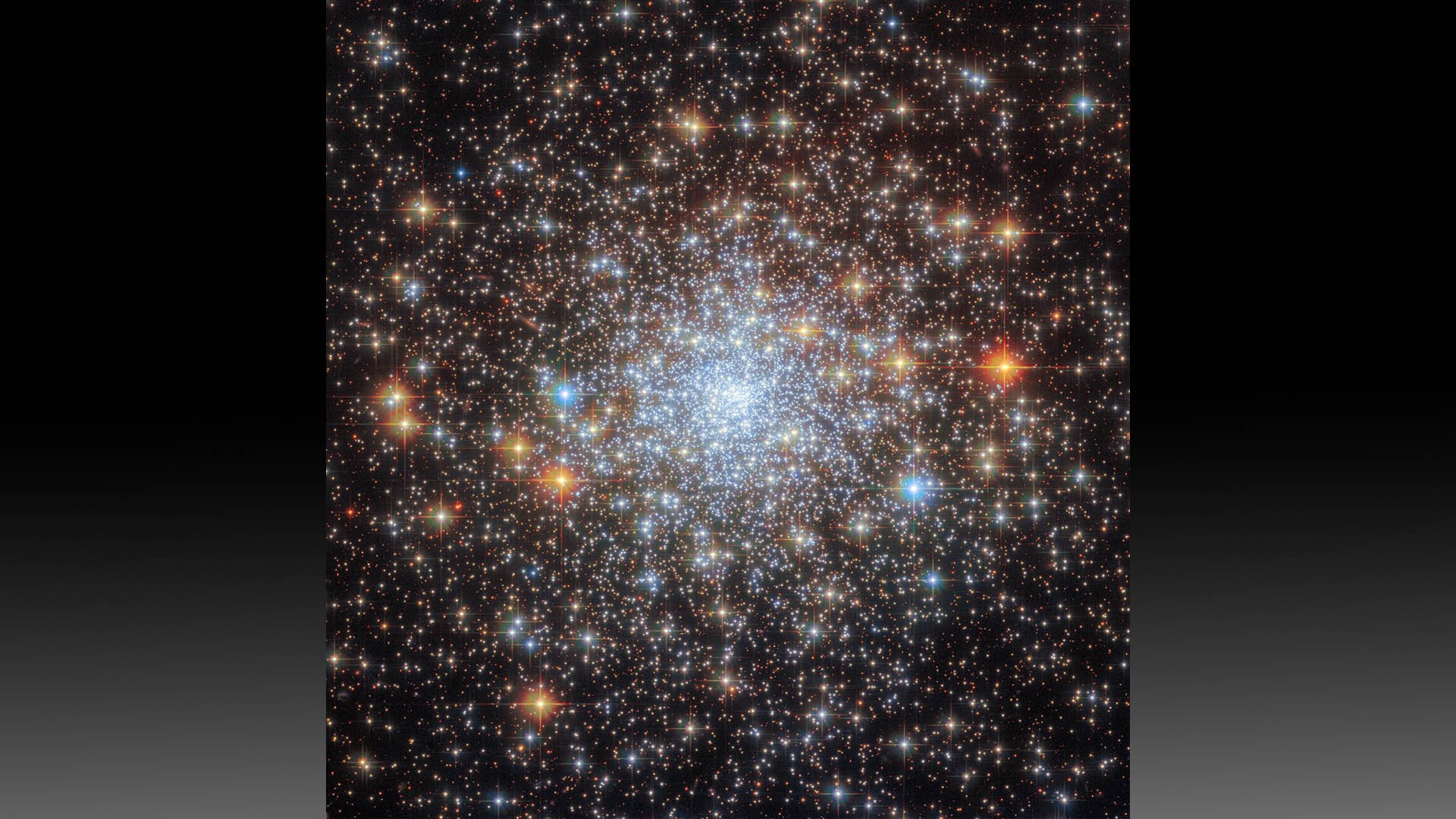
What is it? NGC 6652, a globular cluster containing some of the oldest stars in our galaxy.
Where is it? 30,000 light-years away in the constellation Sagittarius.
Why's it so special? This image, taken with the Hubble Space Telescope, reveals a star-studded globular cluster called NGC 6652 located about 6,500 light-years from the center of our Milky Way galaxy. Thought to be 13.6 billion years old, according to a 2020 study in the journal Research in Astronomy and Astrophysics, it’s one of the oldest objects in the Milky Way.
Globular clusters are dense groupings of tens of thousands to millions of ancient stars that are between 10 billion and 13 billion years old. (For comparison, the age of the universe itself is estimated to be 13.8 billion years old.) About 150 of these clusters have been found in the halo of the Milky Way so far. Studying them helps astronomers to research the early stages of the galaxy and the wider universe.
Globular clusters may have evolved a few hundred million years after the Big Bang around supermassive stars that only existed for a couple of million years, according to a study published in May in the journal Astronomy and Astrophysics.
Hubble's image of NGC 6652 shows countless pale blue stars, with redder stars in the foreground. Like all globular clusters, NGC 6652's stars are tightly packed in a spherical core as a result of intense gravitational attraction.
The spectacular new image is the result of two teams of scientists combining their data using separate cameras on Hubble — the Advanced Camera for Surveys and Wide Field Camera 3. One team was researching the age of globular clusters in the Milky Way, while the other was trying to measure the amount of carbon, nitrogen and oxygen in globular clusters like NGC 6652, to better understand the composition of the stars contained there.
How to see it in the night sky?
Globular clusters are best seen from the Southern Hemisphere, or during June and July in the Northern Hemisphere when the center of the Milky Way is visible from north of the equator. They're a beautiful sight in a small telescope, but they rarely rise high enough above the horizon to be easy to spot from north of the equator. That's also the case with NGC 6652, which is found between the star Kaus Australis in Sagittarius and the M70 globular cluster. By far the easiest globular cluster to see during summer from the Northern Hemisphere is the Great Hercules Cluster — or M13 — in the constellation Hercules, which looks a lot like NGC 6652.
For more highlights from Hubble, check out our collection of the 25 most dazzling nebula images ever taken.







